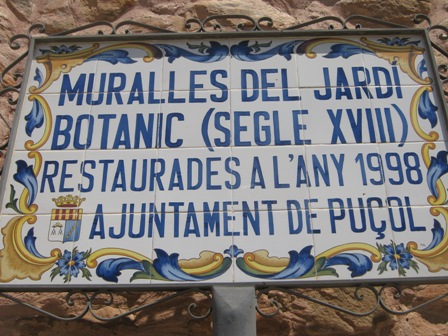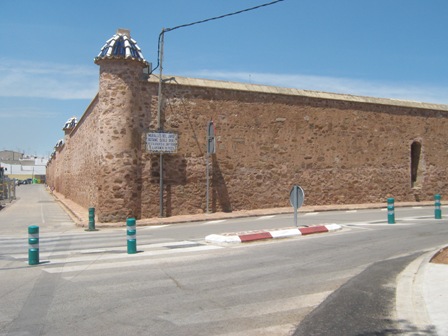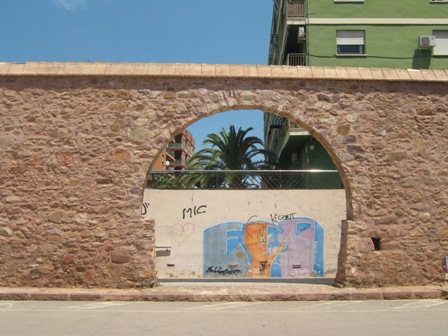When you drive into Puzol, a village situated to the north of Valencia, from the coastal motorway (south exit), the first thing that strikes you is an old wall on the right hand side, looking rather elegant but on closer inspection surrounding only an old abandoned football field.
Local legend affirms that this was the first place in Europe where peanuts were cultivated in the Botanical Garden of Puzol.
The garden was probably the oldest of its kind in Spain and belonged to the Archbishop of Valencia, who built a palace there to make his long, hot summers less arduous.
The peanut was first cultivated there by none other than the Archbishop of Valencia, Francisco Fabián y Fuero in 1773; no doubt with a little help from his friends, or at least his gardeners. His work was continued by the Canon Francisco Tabarés de Ulloa.
The palace measured 1,194 m2 and the garden 29,916 m2. One of the great mysteries of the garden was the existence of a tree which was never classified, despite a visit by the world famous Valencian botanist Cabanilles. Local people referred to it as ‘dels patets’, because the colourful flowers reminded them of ducklings, although they neither had aroma nor produced fruit.
The palace remained in the hands of the Archbishopric until 1942, when land and buildings were sold to José Sánchez Martínez, who in turn sold them to the Town Hall on the 12th May in 1950 for 900,000 pesetas.
Sadly, between 1824 and 1831 the garden had been allowed to deteriorate until it was finally demolished in 1967 at the tender age of 360. Today all that remains is the outer wall, rebuilt by the local council in 1998.
Peanuts are of course neither nuts nor peas, but legumes. Unlike other ‘nuts’ they grow underground.
In the U.S. peanuts and peanut butter are the most consumed of all the nut family, representing 67% of all nut consumption, despite the fact that North Americans didn’t start cultivating this South American plant until the 1900s.
As yet there are no plans to erect a statue to the Valencian peanut in Puzol, perhaps so as not to annoy the fairly large American population living there.
Valencia International would like to thank José Motos, Eva Garcelán and Celeste Sancho for their help with this article.
Read our article about the American School of Puzol:
https://valencia-international.com/the-american-school-of-valencia/



